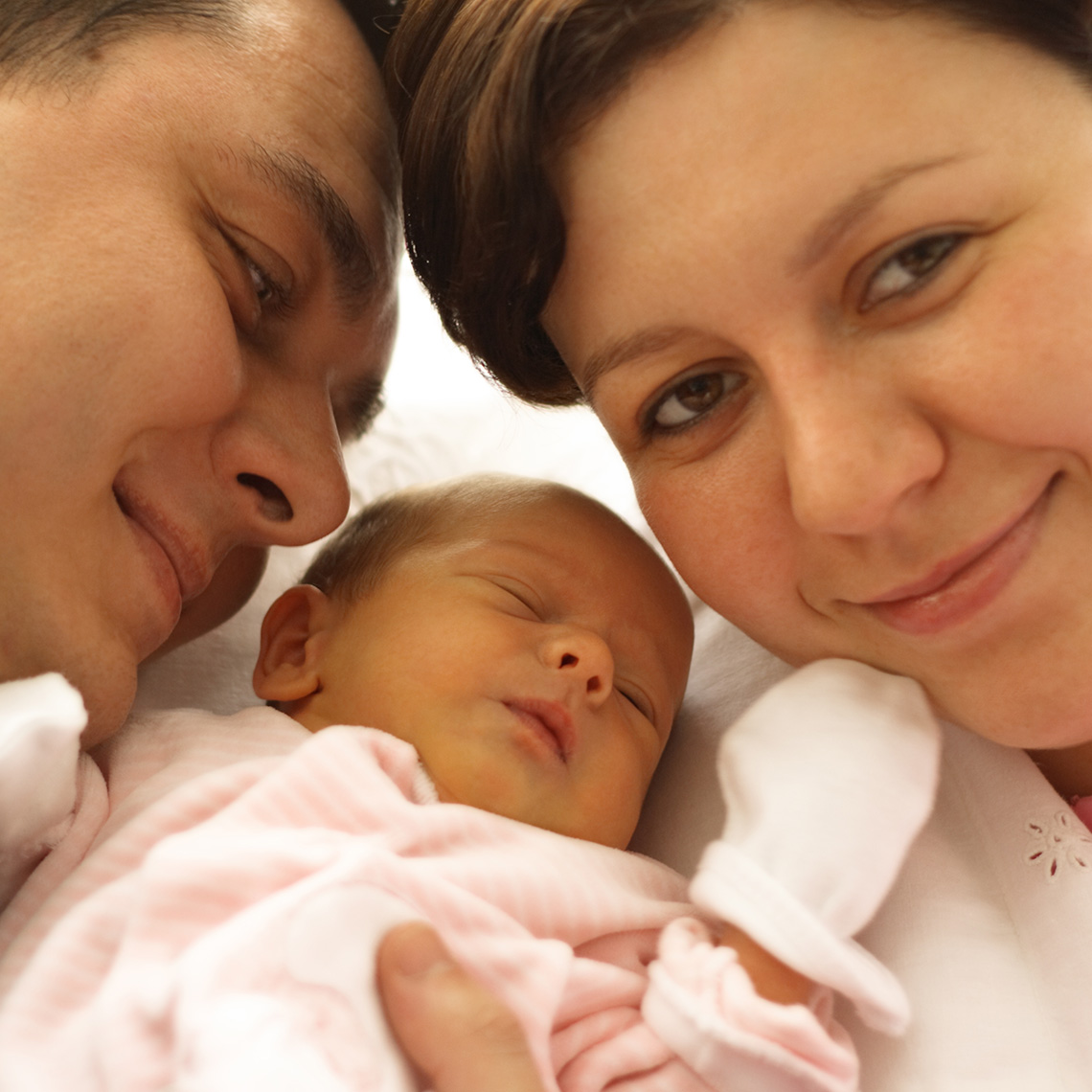Guideline
OB Guideline 21: Management of Twins
The clinician and the patient should discuss the delivery options during the antenatal period and that discussion should be documented in the medical record. An example of a specific written consent is available in Appendix G.
Timing of Delivery
Uncomplicated dichorionic twin pregnancies should usually be delivered between 37 and 38 weeks gestational age. Uncomplicated monochorionic diamniotic twins may be delivered between 34 and 37 weeks gestational age. Prior assessment of fetal lung maturity is not required for such cases.1
Intrapartum Considerations
- The obstetrical care provider should evaluate and document fetal lie and presentations.
- Continuously monitor (via EFM) both fetuses throughout active labor and delivery.
- Intravenous access should be established.
- Pain relief remains the patient’s choice.
- Sufficient personnel should be available to care for the birthing person and each baby.
- An ultrasound should be available throughout the delivery to confirm lie and presentation and, if necessary, to document the fetal heart rate.
- Cesarean delivery is indicated for twin pregnancies with a non-vertex presenting twin unless vaginal delivery is imminent.
After Vaginal Delivery of the First Twin
- When monitoring indicates a Category I or II intrapartum fetal heart rate, there is no urgency to deliver the second twin (delivery interval does not appear to affect perinatal outcome). However, if there is a monochorionic placentation, attention should be paid to the length of the intertwin delivery interval (increasing interval increasing the chance of acute intrapartum twin to twin transfusion).
- If the second twin is not in a vertex presentation, an obstetrician skilled in external cephalic version or internal podalic version should be available.
- Total breech extraction, assisted breech delivery, cesarean delivery, and attempted external cephalic version are all acceptable approaches to the delivery of a breech second twin. Vaginal breech delivery is not recommended in significantly preterm twins or in the presence of significant discordance (i.e., second twin larger than first). Previous ultrasound (within 2–4 weeks of labor) can be valuable in determining discordance.
- Multifetal gestations twins triplet and higher-order multifetal pregnancies. ACOG Practice Bulletin No. 231.June 2021. American College of Obstetricians and Gynecologists.
| << Guideline 20 | Web Guideline Home Page | Guideline 22 >> |
More CRICO Guidelines or Algorithms
CRICO decision support tools.
General Informed Consent Guidelines
Guideline
A document to assist institutions in reviewing policies, procedures and forms relative to obtaining and documenting informed consent.


Challenge: Take the OB Clinical Guidelines Test
Guideline
Take this test and see if you already follow these best practices from the Obstetrical Services of the CRICO-insured Institutions.

OB Guideline 15: Assessment and Monitoring in Labor and Delivery
Guideline
During prenatal care, the clinician and patient will discuss common events and procedures in labor, including methods of assessing fetal well-being.

Obstetrics Guidelines Listing
Guideline
Easily navigate this web-based version of the OB guidelines 1-35 and the sample form appendices A-H. The OB Guidelines PDF is also available on this page if you want to read or print it in booklet form. (2022 version available)
